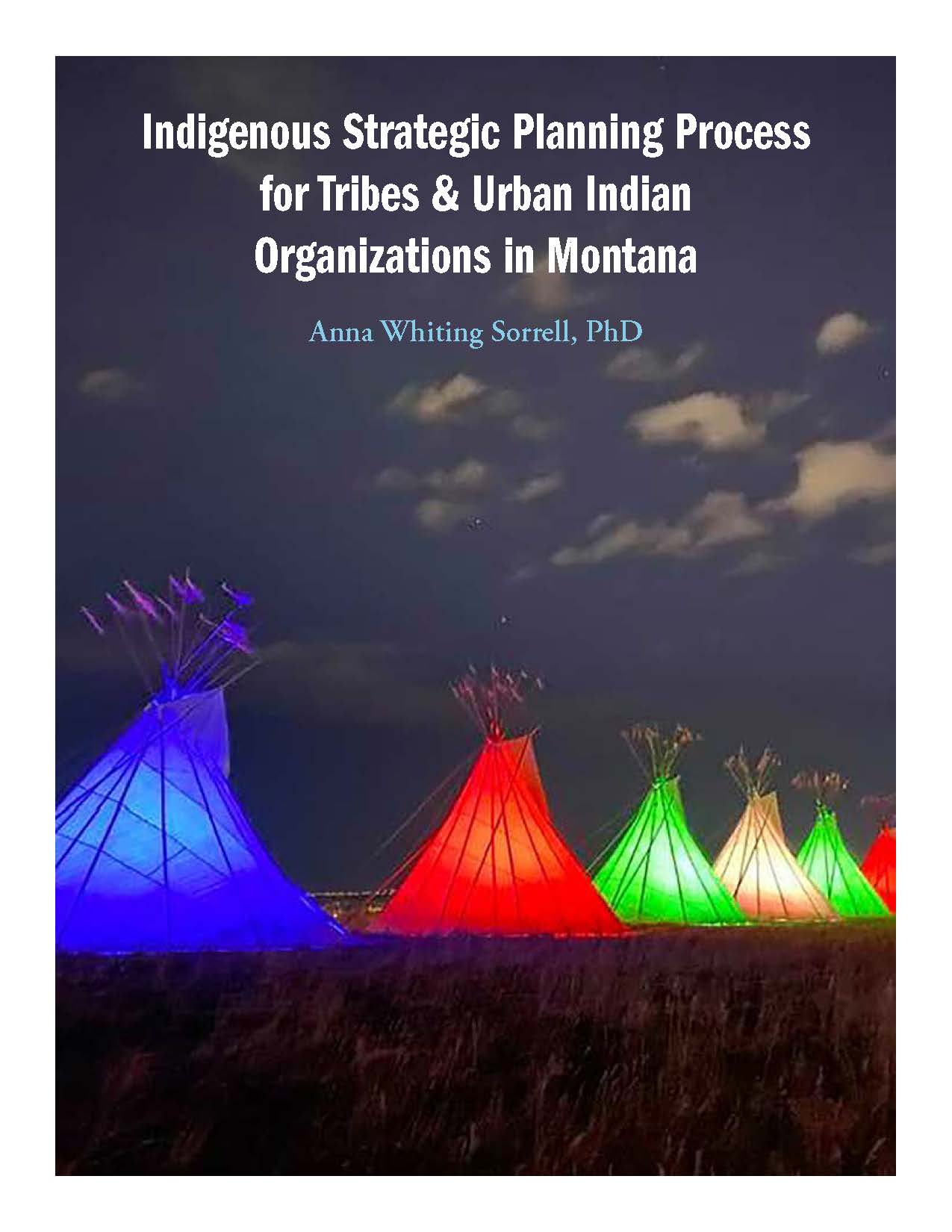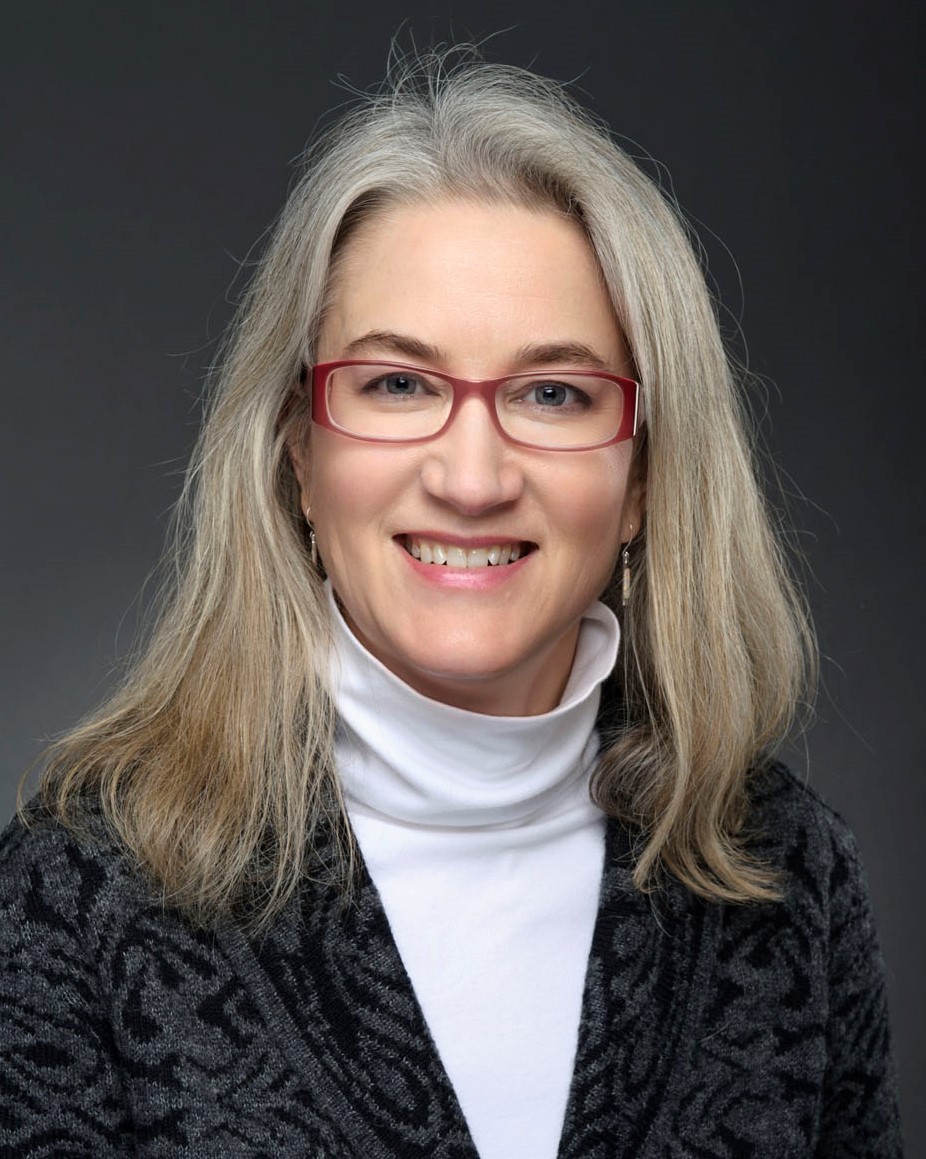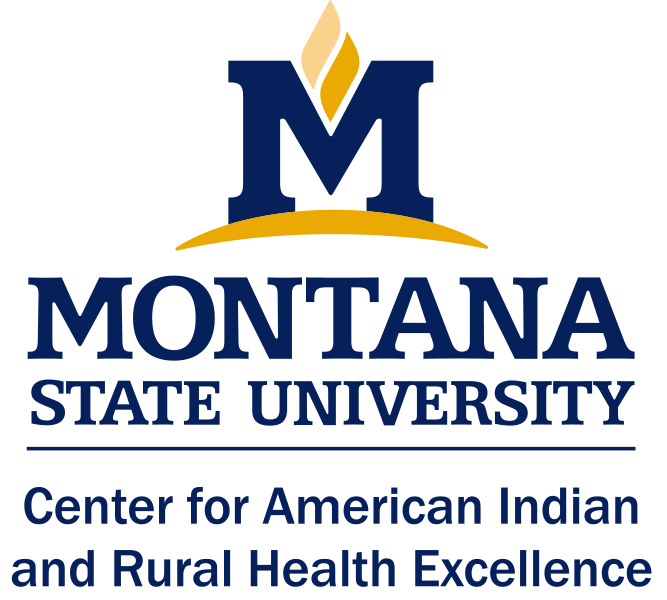Montana IDeA Community Engagement Core
CAIRHE relies on a strong Community Engagement Core to build effective community-investigator partnerships across Montana. Since its inception, CAIRHE has managed a joint Core with Montana INBRE that has thrived on shared resources and cross-program collaboration: the innovative Montana IDeA Community Engagement Core (CEC).
The goal of the CEC is to foster and enhance rural community partnerships across Montana that address health through community engagement. Meeting this goal requires sustainable community collaborations, use of community-based participatory research (CBPR) principles, training in those methods for investigators and communities, and innovative health communications. Our communities are not research subjects; they are partners and collaborators, and our research is all the stronger for it.
Types of Research We Assist
The CEC's approach is rooted in Community-Based Participatory Research — a collaborative, often interdisciplinary endeavor that brings together community and academic perspectives as equal partners. Our team is adept at collaborating with public health professionals, medical professionals, bench or laboratory scientists, epidemiologists, community and tribal leaders, information systems experts, engineers, social scientists and behavioral health professionals, and others.
Central Activities
The CEC offers many tools for researchers to access before and during community-engaged work, including:
- CBPR trainings that explore the cultural, linguistic, and literacy needs of communities;
- Project planning using CBPR principles;
- Mentoring by Community Research Associates (CRAs) who have experience in community organizing and engagement and can assist with connecting investigators and communities;
- Guidance and contacts for setting up Community Advisory Boards (CABs) that inform research projects and consist of community members who know 1) which health concerns are most important,and 2) what strategies for addressing them may be most effective;
- Introductions to potential partners such as tribal colleges, tribal and rural public health groups, schools, statewide health research clinics, and community civic and nonprofit organizations;
- Suggestions on gaining broader tribal and rural community support of research projects;
- Problem solving, navigating challenges, and communicating research possibilities to communities;
- Suggestions for navigating IRBs, tribal councils, and other requirements for human subjects research;
- Help identifying study participants;
- Career development advice for researchers conducting CBPR.
Meet HERB
Since 2019, the CEC has operated the Health Education and Research Bus (HERB), a unique mobile laboratory and outreach facility customized for community-based health research in Montana's frontier areas. Made possible through funding from the National Institutes of Health, HERB promotes partnerships among health researchers and rural communities, health organizations, and other stakeholders across Montana.
Research activities include behavioral health interviews and surveys; collection of
basic health and environmental data; ultrasound scans; and more. HERB is also a place
where communities can engage with investigators and find information on nutrition,
cancer, obesity, depression, wellness, and other topics. HERB also can serve as a
staging area for community open houses, where local citizens can tour the Lab and
meet investigators before any research activity takes place.
For more information about HERB and its use, contact Erica McKeon-Hanson at [email protected].
Resources

Indigenous Strategic Planning Process for Tribes & Urban Indian Organizations in Montana
By Anna Whiting Sorrell, Ph.D.
When to Contact the CEC
The CEC can be most effective in its role and better enhance a project when involved early in the planning process. As research partners begin to discuss their project and its goals, Core members can help them develop Community Advisory Boards that will guide investigators and community researchers in project design, articulation of specific aims and overall goals, and dissemination of outcome information. The CEC also can provide training in CBPR to investigators and community researchers and help in the design of Memoranda of Understanding and other research documents involving data ownership and dissemination. Core staff are committed to helping research partners succeed in accomplishing their goals through sustained development of relationships and shared goals.
The Team
CAIRHE and its partners rely on the expertise of a team of community-academic professionals who value the mutual goal of improved community health through engagement, dialogue, and collective problem-solving.

Alexandra Adams, M.D, Ph.D.
Montana IDeA Community Engagement Core Director
[email protected]
(406) 994-6077
Anna Whiting Sorrell, Ph.D.
Assistant Research Professor,
Community Research Associate


